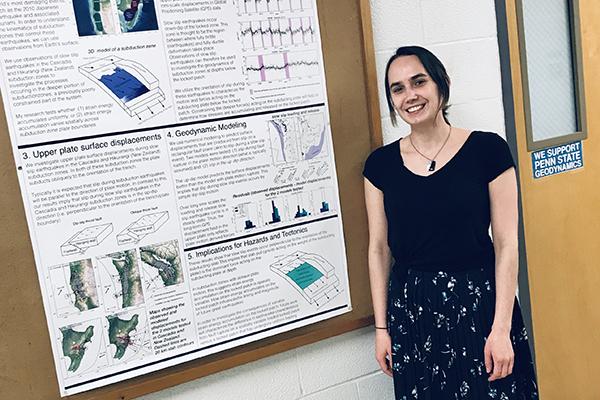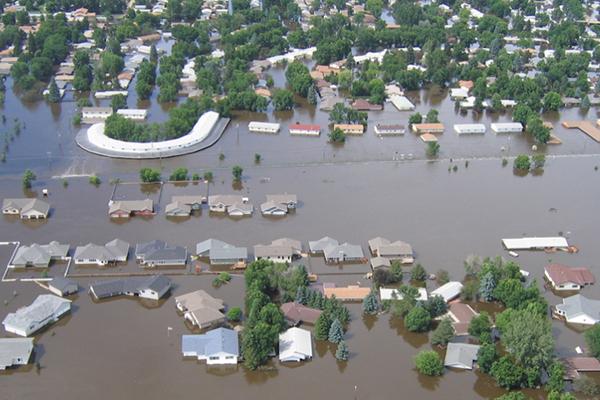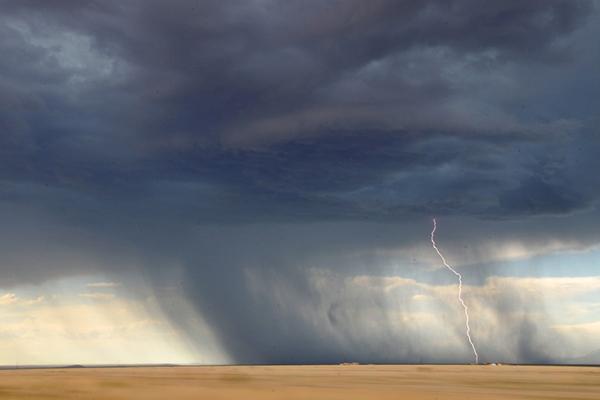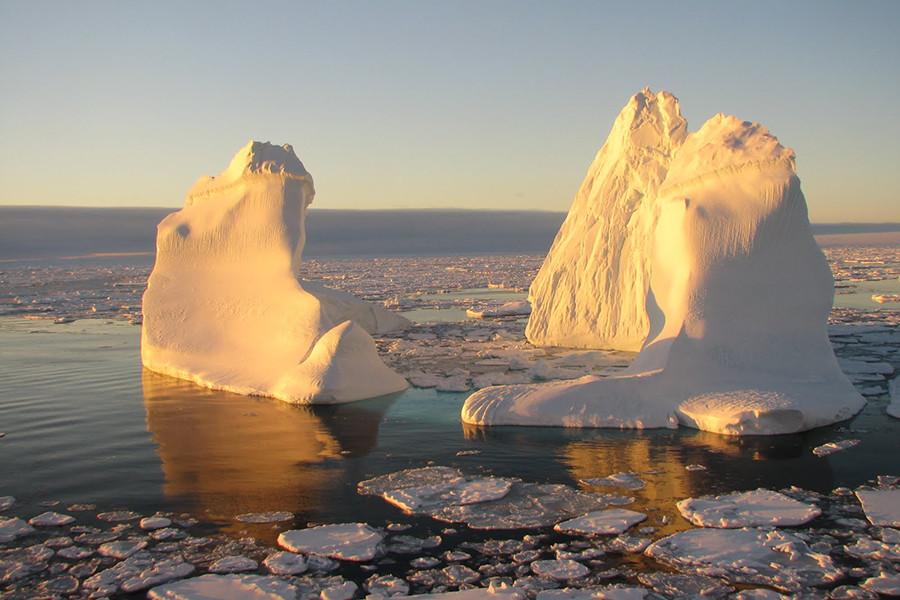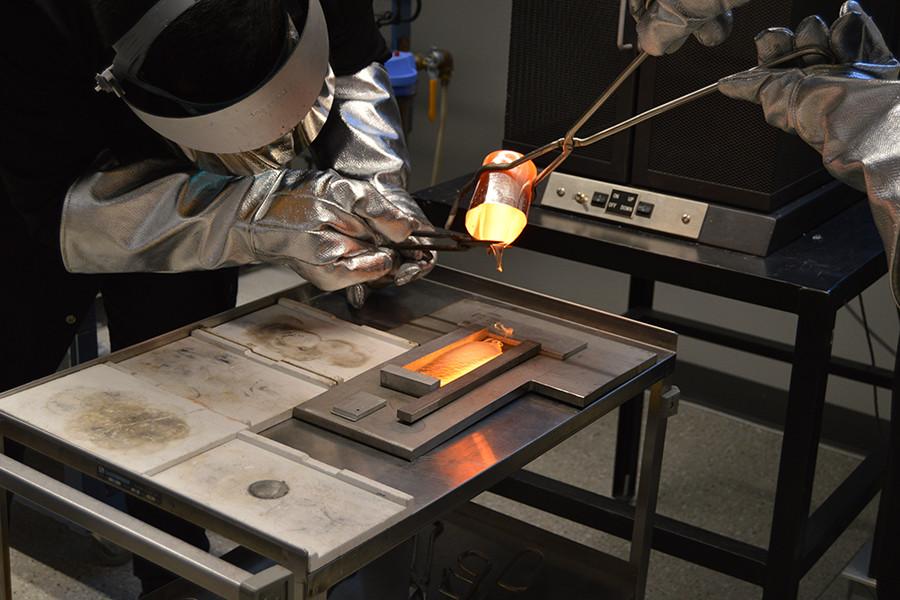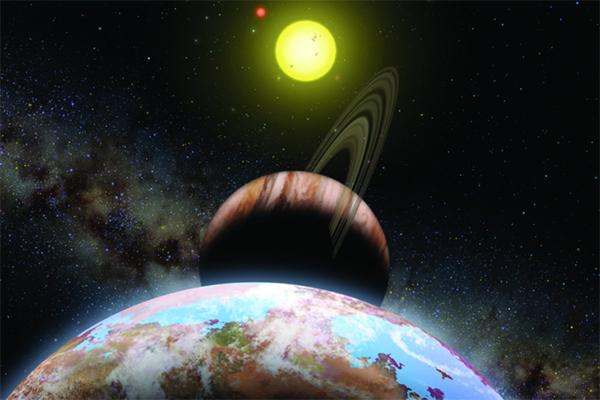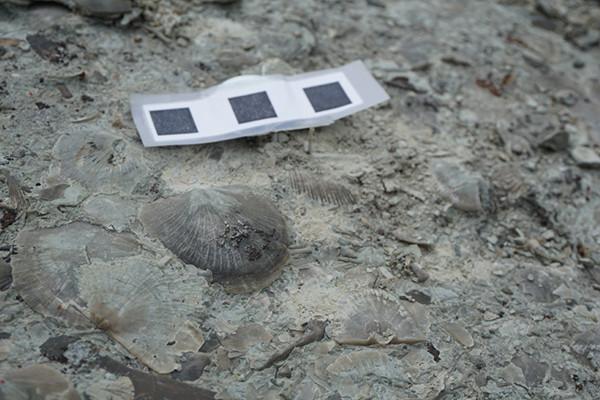Read the latest news about research conducted by investigators in the College of Earth and Mineral Sciences. Our faculty and students are continually advancing technology, creating solutions and expanding knowledge with new and innovative research.
News
wo graduate students in the College of Earth and Mineral Sciences were recognized for their research and presentation skills during the 2019 Graduate Exhibition, hosted by the Graduate School at Penn State in March.
Ensuring a tolerable climate future, one that reduces warming while considering the costs, requires immediate global action, according to an international team of scientists.
In the future, weather forecasts that provide storm warnings and help us plan our daily lives could come up to five days sooner before reaching the limits of numerical weather prediction, scientists said.
The North Atlantic warming hole (NAWH), a region of reduced warming located in the North Atlantic Ocean, significantly affects the North Atlantic jet stream in climate simulations of the future, according to a team of researchers.
For anyone, a trip to Argentina would have been exciting. But for Rachel Gutierrez, who’s long been fascinated by severe weather such as hail and thunderstorms, it represents the holy grail of her research interests.
A new composition of germanosilicate glass created by adding zinc oxide has properties good for lens applications, according to Penn State researchers. This marks the discovery of a novel glass family.
To commemorate its 10th anniversary, Penn State's Center for Exoplanets and Habitable Worlds (CEHW) will host a celebration on April 2, with three sessions of talks and panel discussions for technical, academic and public audiences.
Researchers investigating an interactive program using trade-off diagrams that would lead decision makers in the right direction, allow compromises, but not dictate the results.
Using artificial intelligence and machine learning technologies may help scientists better understand weather and weather variability. As the climate changes, this may help prepare people for changes in their region's weather patterns, and better preparedness could save money and lives.
Researchers found the recovery period following the second largest extinction on record, some 444 million years ago, had a bigger evolutionary impact than the extinction event itself on brachiopods, shelled, clam-like animals that once dominated the sea floor.



